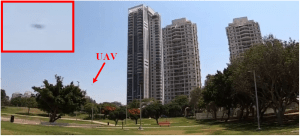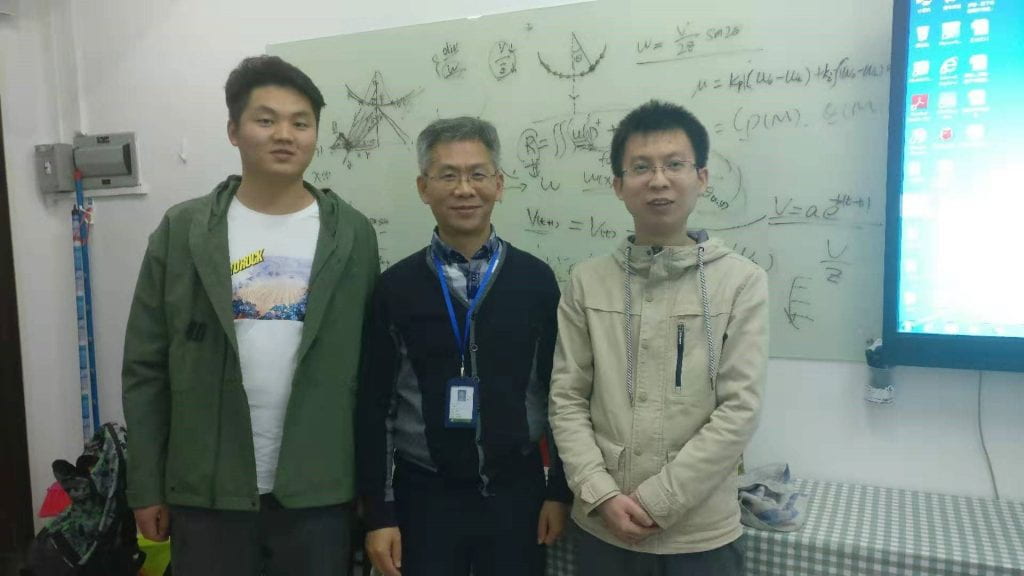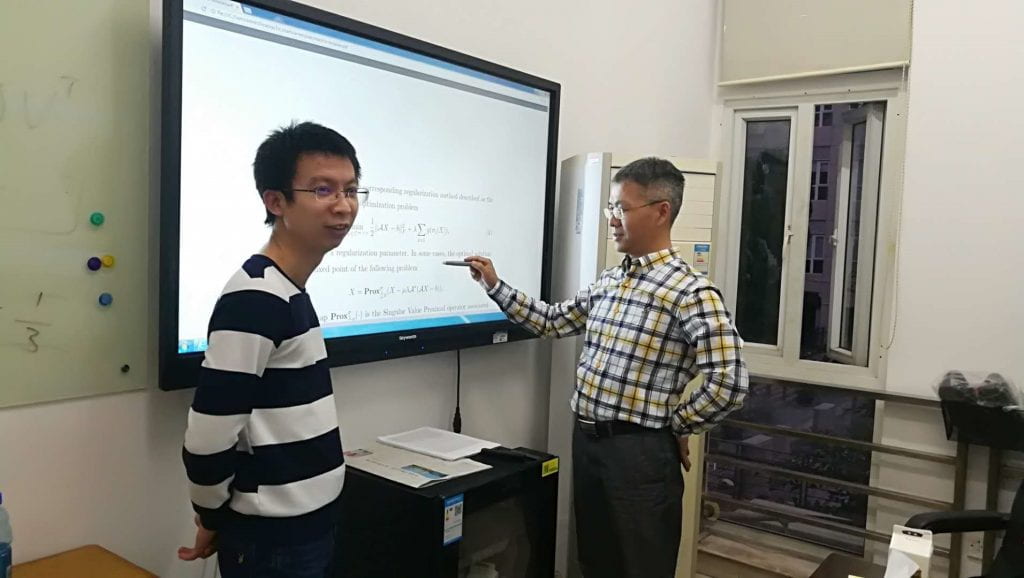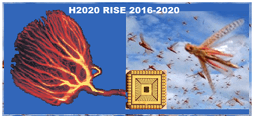Hongxin Wang received a BSc and MSc degree in mathematics and applied mathematics from Xi’an Jiaotong University, Xi’an, China, in 2013 and 2016, respectively. He is currently pursuing his Ph.D. degree with the School of Computer Science, University of Lincoln, Lincoln, U.K. He visited Guangzhou University, China as a Marie Skłodowska-Curie Fellow from 2019 to 2020. During Hongxin’s secondment, his work focused on Work Package 1: Collision detection visual neural systems modelling and Work Package 2: Multiple visual neural systems coordination for robust collision detection.

During my secondment to the STEP2DYNA project partner Guangzhou University, I was working on developing bio-inspired visual system for small target motion detection against complex environment. In the visual world, detecting visual motion in the distance and early often means dealing with small targets with only one or a few pixels in size, let alone other physical characteristics, as shown in Fig. 1. Small target motion detection has a wide variety of applications including defence, surveillance, security, and road safety. However, detecting small targets against cluttered moving backgrounds is always a challenge for artificial visual systems.
Research in insects’ visual system has revealed one effective solution of small target detection for artificial visual systems. Insects are quite apt at searching for mates and tracking prey with high capture rates, which always appear as small dim speckles in the visual field. The sensitivity of insects for small target motion comes from a class of specific neurons called small target motion detectors (STMDs). My project was devoted to propose the STMD-based visual systems for detecting small targets against cluttered background.

During my secondment at Guangzhou University, I obtained many inspiration and mathematical theory supports from Professor Jigen Peng to design the STMD-based visual systems. We organized a seminar every week to discuss the latest biological findings, explore effective neural modeling methods, and develop specialized mathematical theory for bioinspired motion detection (see Fig.2 and 3). Significant progress was made under the help of the Professor. Specifically, we proposed a predictive STMD model to predict the future position of small targets. Moreover, we provided a rigorous mathematical proof for the time-delay feedback neural network.
The secondment has also provided me an opportunity to improve my mathematical ability thanks to the cooperation with Professor Peng. My strong mathematical ability will help me better describe the insects’ visual systems, and build robust neural models for small target motion detection against complex environment. In addition, I established a deep friendship with Professor Peng and other colleagues at Guangzhou University, which has provided me a basis for future cooperation. Lastly, I introduced our research to colleagues during the discussion, which may attract their attention to our research field and boost the development of neural system modelling.

